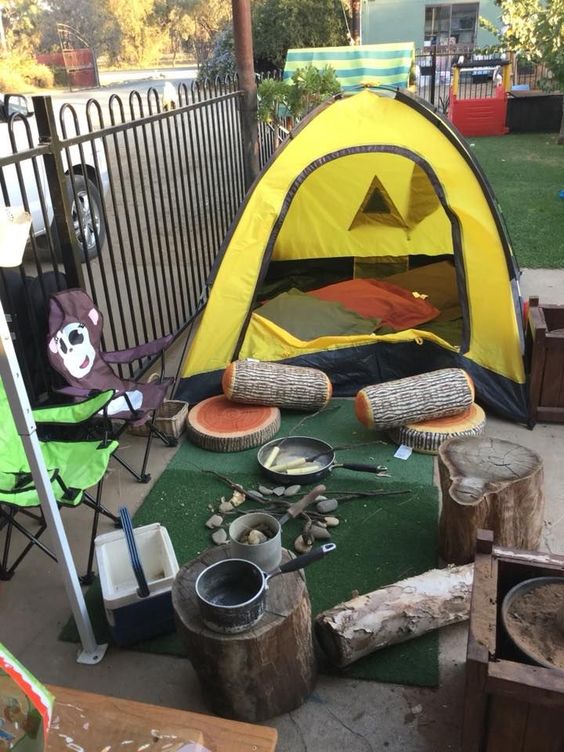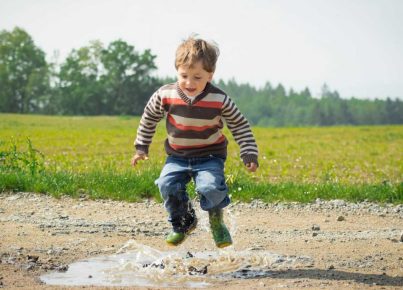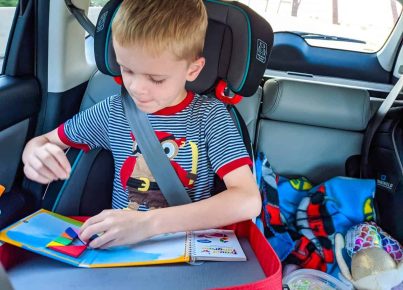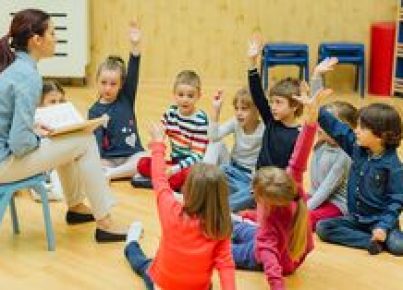Introduction:
An outdoor learning environment is a crucial aspect of early childhood education, providing children with opportunities to experience nature, explore their surroundings, and engage in hands-on activities. As such, designing an effective outdoor space for the early years should be a priority for educators and parents. This article covers key considerations when creating an outdoor learning environment that fosters growth and development in young children.
1. Prioritize Safety
The safety of the children is paramount when designing an outdoor learning environment. Ensure all equipment, structures, and surfaces are safe, stable, and age-appropriate. Incorporate soft surfaces such as grass or rubber mulch to cushion potential falls and minimize the risks of injuries. Additionally, set clear boundaries within the space to prevent children from wandering into dangerous or unsupervised areas.
2. Connect with Nature
Creating an environment that connects children with nature is key to stimulating exploration and curiosity. Plant trees for shade and include sensory gardens where children can explore different textures, scents, and colors through touch, smell, and sight. A water feature such as a small stream or pond can also foster interaction with natural elements while learning about habitats.
3. Encourage Physical Activity
Facilitate your child’s physical development by incorporating structures that encourage exercise and movement. Swings, slides, climbing frames, tricycles, and balance beams provide opportunities for gross motor skill development, improving coordination and strength.
4. Create Opportunities for Social Interaction
Design your space to promote group play and collaboration by incorporating shared seating areas like benches or picnic tables for snack breaks or group instruction time. Also consider sandboxes or water play stations which encourage imaginative play and teamwork.
5. Support Hands-On Learning
Incorporate interactive elements like chalkboards or easels for art activities, digging areas for exploring soil composition or insect habitats, as well as simple gardening tools to foster understanding in plant growth and sustainability. These hands-on activities help children develop their fine motor skills and contribute to their cognitive development.
6. Provide Shaded Areas
Include shaded areas for activities or rest, especially during hot or sunny days, with the use of trees, umbrellas, or pergolas. This serves as a reminder to children to take breaks and helps regulate their body temperature.
7. Maintenance and Upkeep
It is vital to keep the outdoor learning environment clean and well-maintained. Regularly inspect play equipment for signs of wear, repair unsafe structures, and remove hazards such as broken glass or sharp objects. Remember that a well-kept space is conducive to both safety and learning.
Conclusion:
Creating an outdoor learning environment for the early years is a valuable investment in a child’s development, providing ample opportunities for growth in all domains – physical, social, cognitive, and emotional. With careful planning and consideration of the factors outlined in this article, educators and parents can design purposeful, inspiring spaces that nurture young minds and bodies in an engaging, natural setting.





